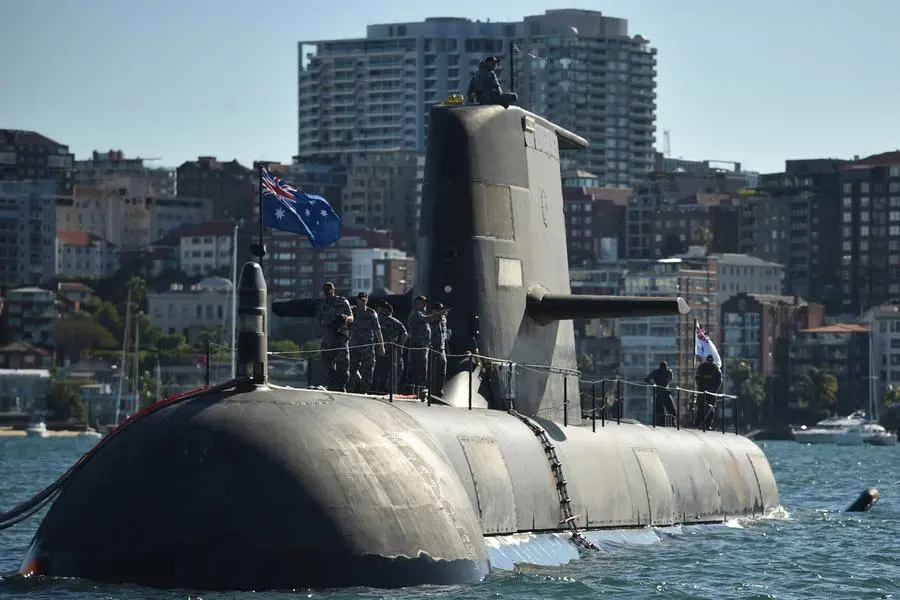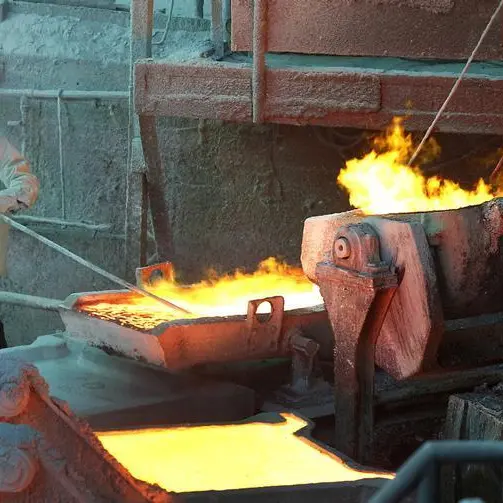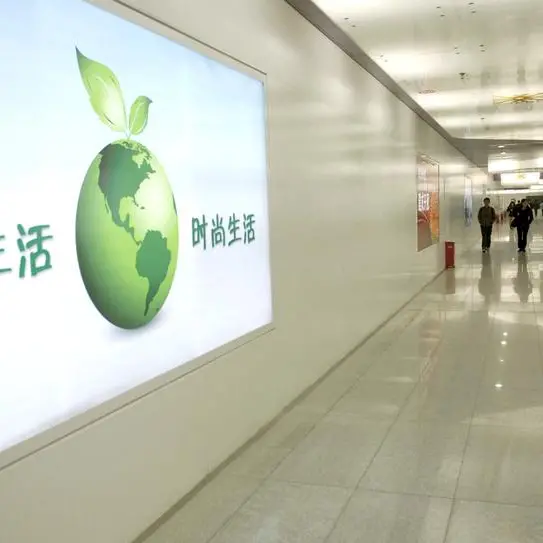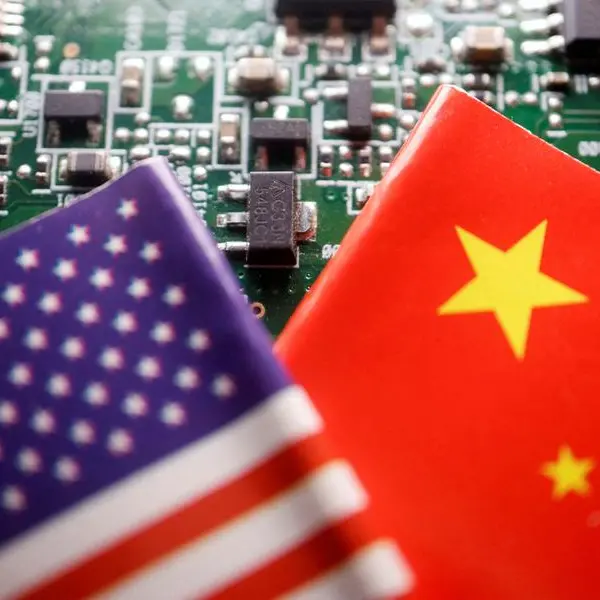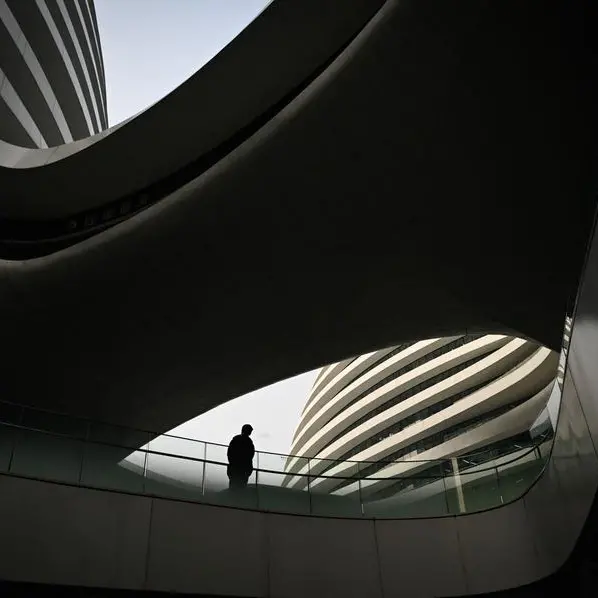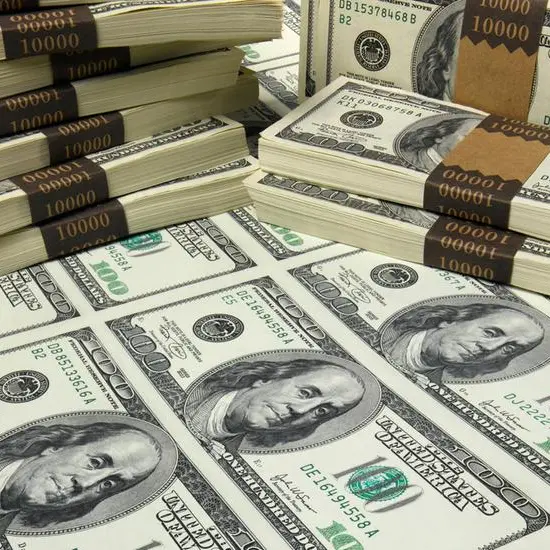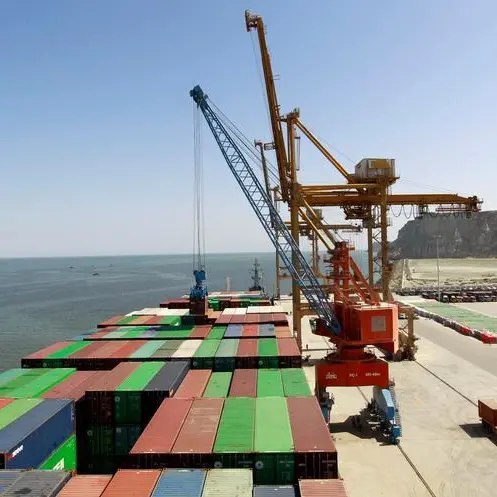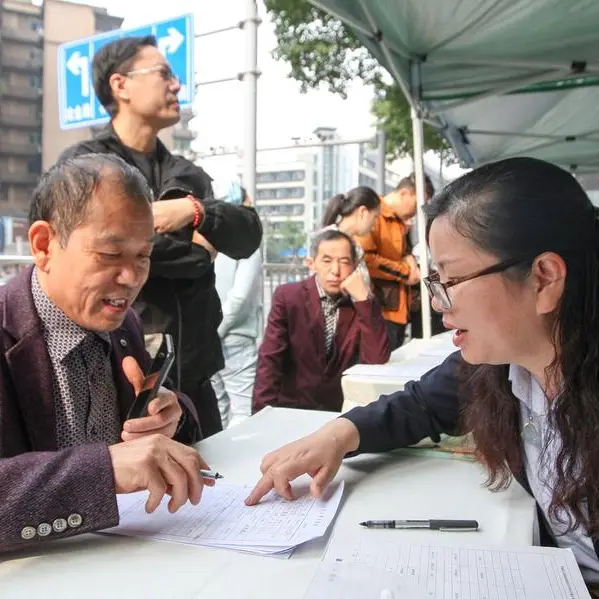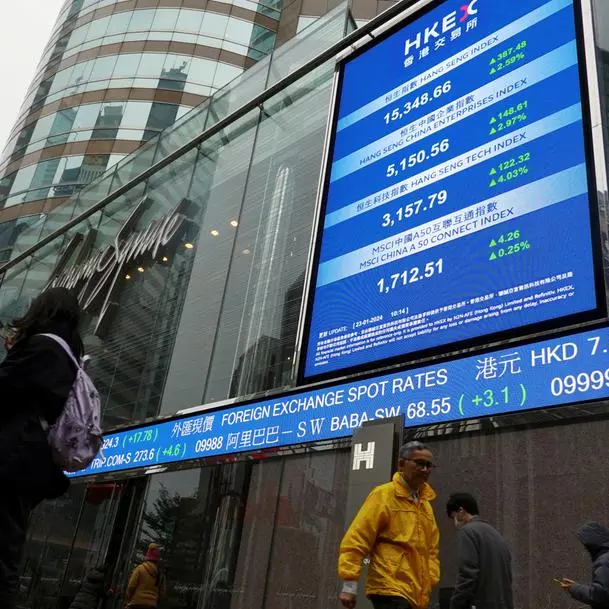PHOTO
Australia's plan to develop a fleet of stealthy nuclear-powered submarines may be what Prime Minister Anthony Albanese called the biggest single military investment in the country's history.
But experts say it will mean a decades-long and "devilishly tricky" quest. Here are some key challenges Canberra faces as it tries to transform its military and get the boats in the water:
- Politics -
For more than a decade, Australia has seen a new fleet of submarines as key to solving the riddle of safeguarding 34,000 kilometres (21,000 miles) of coastline and deterring would-be foes.
But after consecutive governments spent billions of dollars eyeing Japanese, German, French and other vessels to replace its ageing Collins-class fleet, Canberra started 2023 with nothing.
Whether this Australia-UK-US project brings concrete results will depend in part on political will, said David Andrews, a military strategy analyst at the Australian National University.
"It's three governments -- and many terms of government into the future before some of these things are actually delivered," he told AFP. "That's not unreasonable -- but we need to go into this with our eyes open."
Already questions are being asked in Australia about the merits of the plan, about increased dependence on the United States and whether a new Donald Trump presidency or other rightwing Republican administration would embrace the deal.
"Absolutely" insists US ambassador to Australia Caroline Kennedy pointing to "strong bipartisan support in Congress".
Already some US lawmakers have opposed shipping sensitive nuclear technologies Down Under, and it would take a brave pundit to bank on what the 45th president might do should he return to the White House.
- Cash -
Australia is one of the world's richest nations, but with generous tax breaks and social spending already pushing deficits higher, the submarines' massive price tag will not be met easily.
The submarines are slated to cost about US$40 billion over the next decade. But over 30 years the price tag could be close to a quarter of a trillion US dollars -- or about 15 percent of last year's gross domestic product.
"It's a big investment but an important investment which will deliver huge returns for our country for our security, and for its economy" said Australian Treasurer Jim Chalmers.
The government hopes the project will plant the seed for entire industries to grow in coastal cities like Adelaide and Perth -- and create 20,000 jobs, offsetting some of the cost.
- Know how -
Nuclear propulsion offers major advantages for Australia in terms of speed, range, flexibility and stealth. Simply put, nuclear subs can go further for longer without surfacing often like their diesel counterparts.
But they also require a vast infrastructure, manufacturing base and expertise to be developed, built, staffed and maintained.
Andrews says Australia is essentially building a high-tech nuclear manufacturing industry from scratch.
"There are risks around how we manage that workforce, build the production lines, manage the supplies and maintenance," he said.
"We don't have a lot of current capacity to train people as nuclear physicists and nuclear engineers and those other specialist positions that we will need to operate those submarines."
The Australia-UK-US plan includes a way of bridging the nuclear know-how gap.
Australia will buy at least three nuclear-powered submarines from the United States off the shelf, buying time while the country develops facilities and learns how to build its own submarines.
Australian National University international security expert John Blaxland said the project was "devilishly tricky, but not insurmountable".
- The neighbours -
The project comes with military upsides, but also with diplomatic costs.
The deal has worried some of Australia's largest regional allies, with both Indonesia and Malaysia questioning whether it could intensify a nuclear arms race in the Asia-Pacific.
The presence of nuclear submarines has also agitated Pacific islands which are still scarred by the memories of atomic testing in the 1950s and 60s.
Blaxland, a former Australian Army officer, said the Australian government had spent a considerable amount of time trying to soothe these worries.
"The government has been making dozens of calls to defence and foreign ministers in Southeast Asia and beyond to assuage their fears and persuade them of our bona fides," he told AFP.
But the biggest problems may come from Beijing, which is one of Australia's largest trading partners and sees the AUKUS project as squarely aimed at slowing China's rise.
"This presents a significant pushback to China's exponential military growth," said Blaxland.
